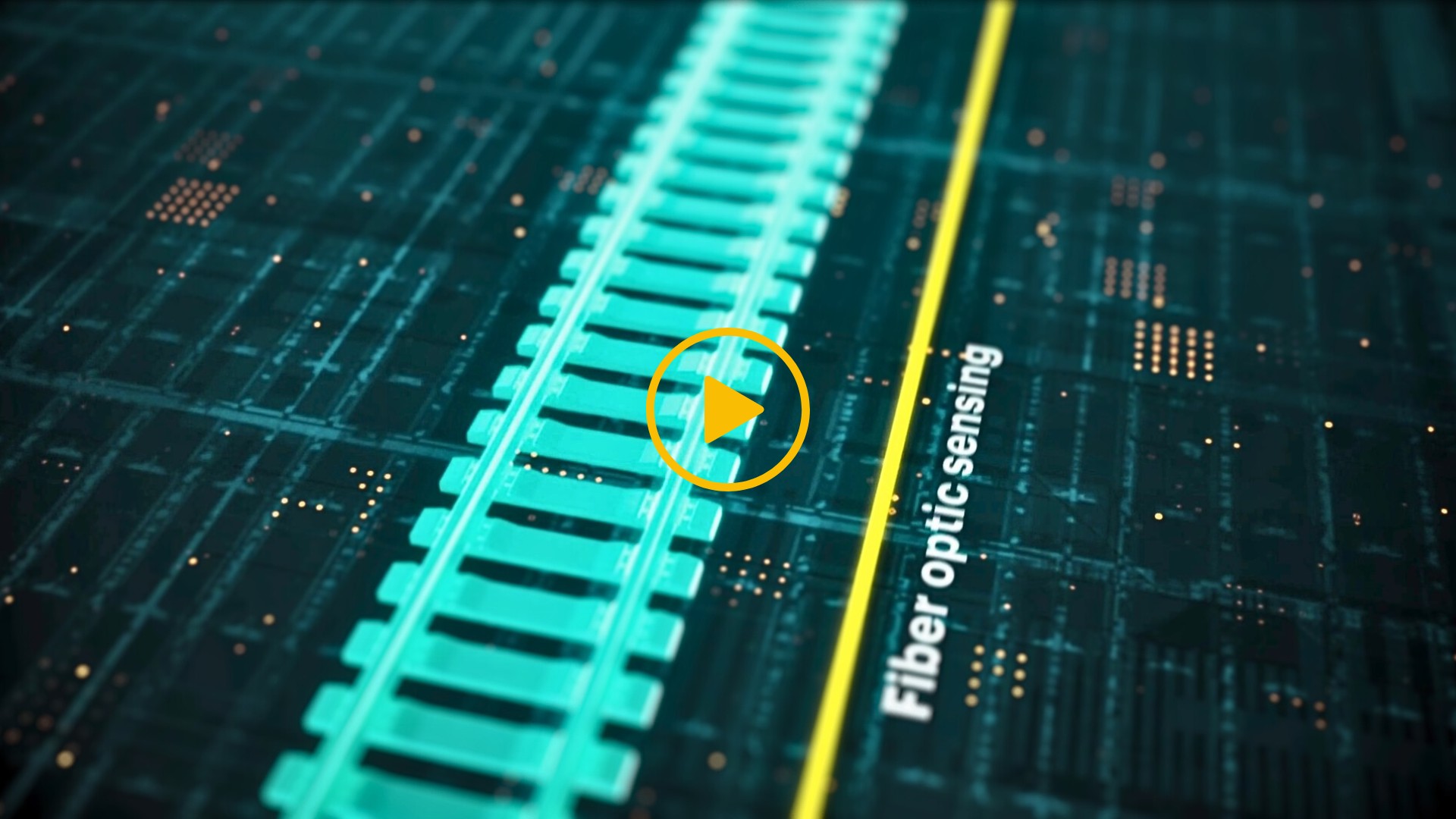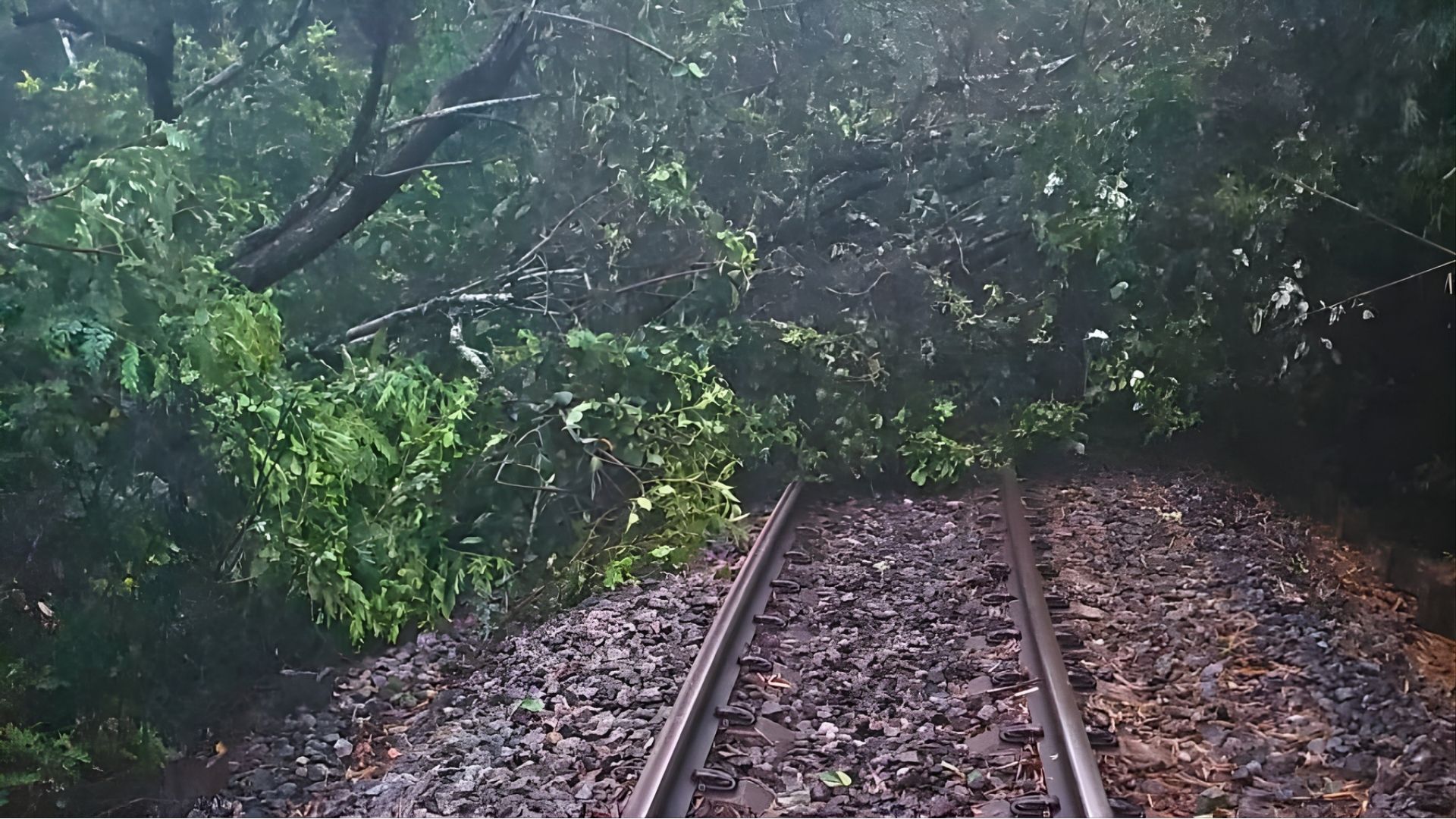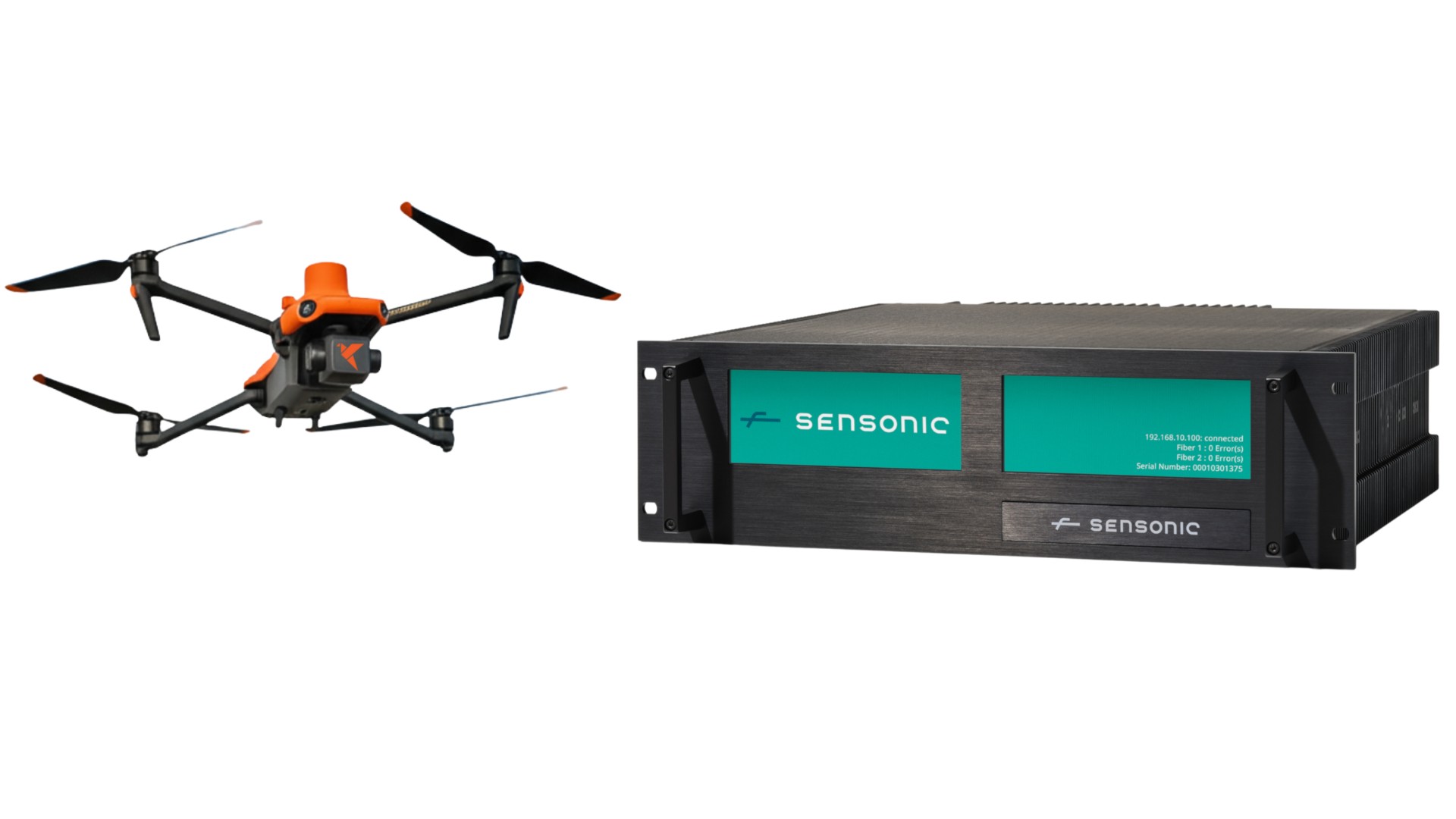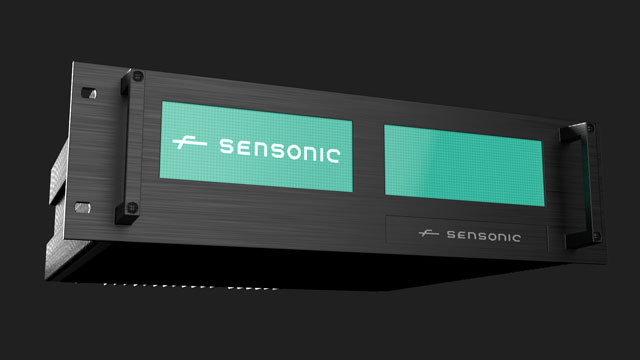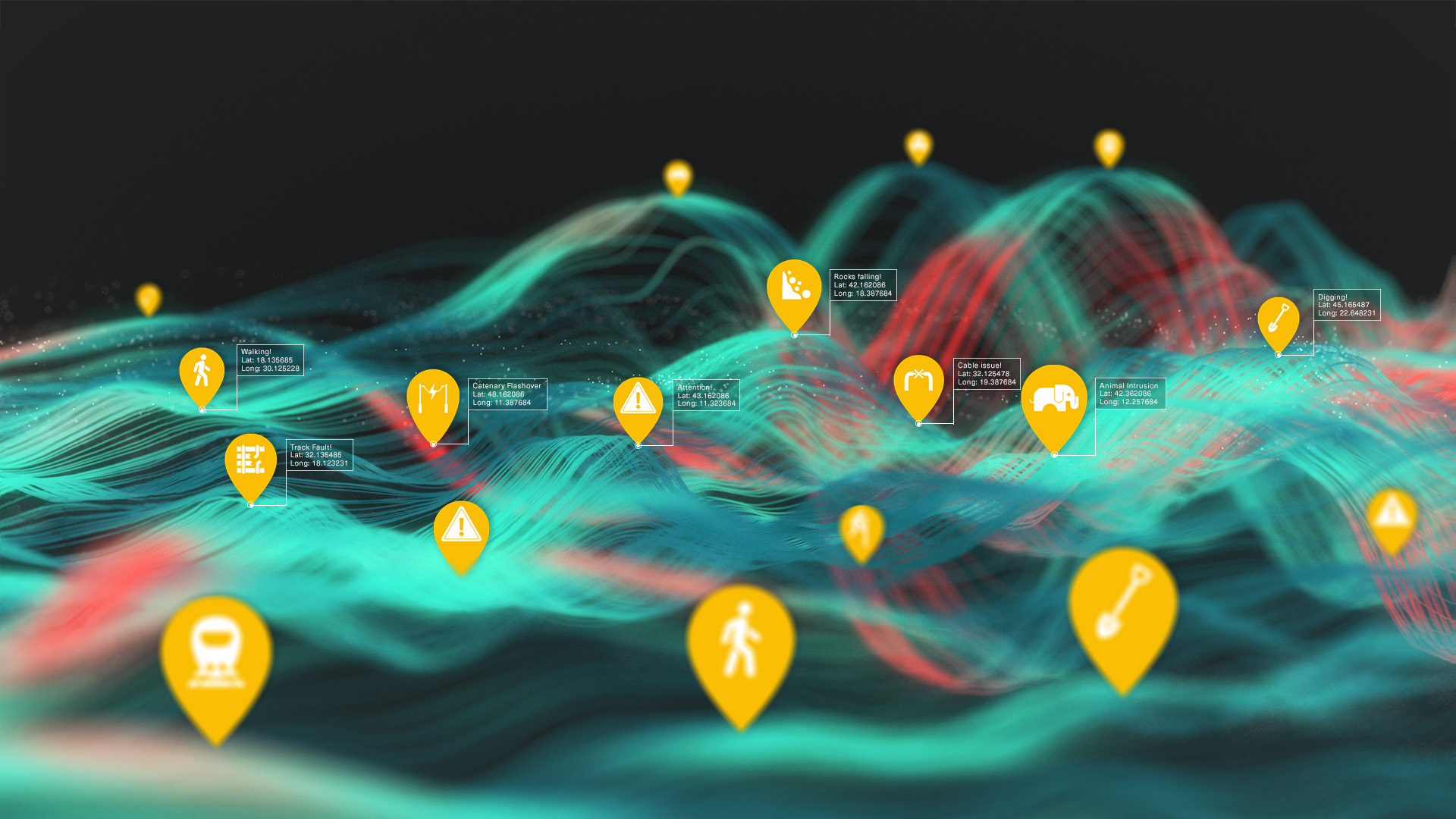From malicious acts to tragic accidents, the safety and integrity of our rail infrastructure are constantly challenged.
Today, we explore a glimpse into the future of railway security, demonstrating how cutting-edge combinations of technology transform our ability to detect, verify, and respond to incidents with unprecedented speed and precision.
You've just seen a powerful demonstration of Distributed Acoustic Sensing (DAS) in action, showcasing its remarkable ability to detect critical threats like trespass and cable theft.
If you don’t know what Distributed Acoustic Sensing (DAS) is, then you are probably going to want to read/watch this. The TL;DR summary is fiber optics used for telecoms and signalling can also be turned into vibration sensors to listen for security threats.
However, the DAS story doesn't end at just detecting and locating threats. The real revolution lies in how this intelligent detection technology integrates with CCTV and automated drone technology, creating a formidable, responsive security system.
The Evolving Landscape of Railway Threats
Our railways face a complex array of security challenges, each with its own set of risks and consequences:
- Cable Theft: A persistent and costly crime, cable theft not only causes significant financial losses but also cripples vital signalling systems, leading to widespread delays.
- Sabotage: Deliberate acts of damage to tracks, signalling equipment, or rolling stock can have catastrophic consequences, endangering lives and disrupting national infrastructure.
- Casual Trespass: Individuals taking shortcuts across tracks or straying onto railway property can still cause emergency stops, delays, and puts the trespasser at severe risk of injury or fatality.
- Theft from Rolling Stock: Freight trains can be targets for thieves – both opportunistic or organised gangs, leading to loss of goods and operational disruptions.
- Suicide: Incidents of suicide on the railway are devastating, causing immense human suffering together with significant operational impact, including extensive delays and trauma for staff and passengers.
The vast and long nature of railway networks make comprehensive monitoring of people encroaching into the railway corridor a monumental task. Traditional security measures, while valuable, often struggle with the sheer scale and remoteness of many railway sections. This is where the power of Distributed Acoustic Sensing comes into its own.
DAS: The Railway's Attentive Ear
Distributed Acoustic Sensing (DAS), technology transforms standard fibre optic cables, often already laid alongside the tracks, into a continuous, highly sensitive acoustic sensor. It effectively turns tens of kilometers of cable into thousands of virtual microphones, constantly listening for anomalies.
When a disturbance occurs – be it the subtle vibrations of footsteps, the tell-tale sounds of digging, or the distinct acoustic signature of cable being moved or cut – DAS detects it. But its true genius, lies in its ability to pinpoint the exact location of the event with remarkable accuracy, (+/-10m accuracy is possible). This precise geolocation along with automated alerts is a game-changer in responding to these security threats.
From Detection to Deterrence: The Drone Advantage
As highlighted in the video, once DAS detects a threat and provides its accurate location, a drone can be dispatched directly to the location. Airspace laws vary, but this can be a fully autonomous response, a centrally managed flight or using local team support where flights Beyond Visual Line Of Sight (BVLOS) are not permitted. This isn't just about general drone surveillance; it's about rapid, intelligent response to current threats:
- Evidence Gathering: The drone quickly arrives at the scene, capturing high-resolution video and images. This visual evidence is invaluable for security teams, law enforcement, and for post-incident analysis. If it is dark or a search is needed to locate people, then thermal imaging can be used.
- Real-Time Situational Awareness: Security personnel gain immediate, eyes-on intelligence, allowing them to assess the nature of the threat and direct ground teams effectively to a precise location. Was someone taking a shortcut home or are they lying on the track in emotional distress? The response can be tailored to the threat once you know what it is.
- Deterrence: The visible and audible presence of a drone can often deter ongoing illicit activity, preventing further damage or harm. Audio announcements can also be used to reinforce messaging or issue instructions.
- Directing Response: With precise visual information, security teams can plan the safest and most efficient response, whether it's dispatching personnel, alerting train control, or coordinating with emergency services.
Making Sense of Railway Security
This integrated approach combining “ears to the ground” and “eyes in the sky” represents a significant leap forward in railway security capability. It moves us from often imprecise and delayed reactive responses to real-time geolocated alerts for targeted intervention, minimising the impact of threats and enhancing the overall safety and resilience of our rail networks.
Combining the "ears" of DAS with the "eyes" and speed of drones, we are building a smarter, more secure future for railways worldwide.
Contact our team with the button below to find out more
